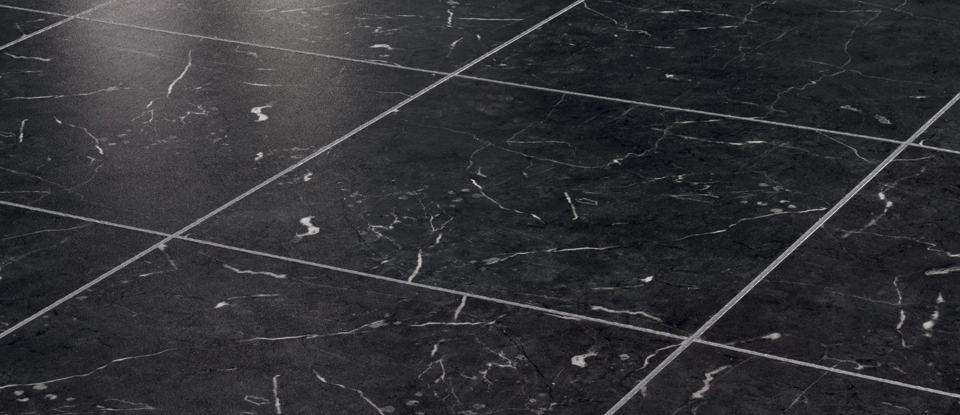Last Updated on May 31, 2019 by Royal Stone Care
As a flooring material, marble is one of the most appreciated for its looks and appearance of quality. That is until it gets a bit worn looking, stained or chipped. It can then easily make a place look run down and dilapidated. Trouble is, if it’s our own marble floor, or work-surface, then we often don’t notice the effect of wearing until it becomes painfully obvious or we get a negative comment about the state of it. By this time your poor marble floor may well need some serious professional restoration in order to get it back to its original sparkling condition.
So how does such an apparently hard wearing stone start to look shabby?
Unfortunately, in far too many ways. Let’s say you have a beautiful marble floor. When this floor was first laid it would have been polished for looks and sealed to help slow down wear and tear. Marble is laid in tile format and therefore has joints which would have been grouted according to your, or the original owners, colour preference. Black marble could be grouted with either black or white grout, both look good. All other colours of marble can have grouting in a whole range of either matching or contrasting colours. As foot traffic always goes in regular pathways, whether that is in hallways or around the furniture placed in rooms, these foot paths gradually wear away the polish or sealant on the surface of the stone and also tend to discolour or even displace the grouting.
A daily grind?
A woman’s stiletto heel can do tremendous damage to any kind of flooring but, due to its make up, marble is highly susceptible to damage from this source. Remember I said marble is ‘apparently’ hard wearing? Well, marble is actually a limestone and therefore quite soft in comparison to many other types of stone. Like all limestone, marble was formed from the skeletons of the billions of creatures that once lived in the sea. Over millions of years these skeletons got highly compressed into stone along with some vegetation and gas that was trapped with it in the process. The vegetation traces are what makes the marbling patterns in the stone. The gas escaped while the material was still porous enough for it to get out but it often left holes where it had once been. When the tiles are cut from the stone slabs, the visible holes, cracks and crevices are filled with a hard wearing epoxy resin in order to give a nice even surface. The laws of physics say that the weight of a person of average build, when concentrated down on to something the size of the point of a stiletto heel, becomes equivalent to the weight of a decent sized elephant. When that point is also in the motion of walking, it forms a formidable grinding tool. Apply this tool to the edge of a tile or the edge of an epoxy filling and it can do some serious chipping damage.
What else could go wrong and what you could do now.
I’ve not even mentioned the possibility of spills and etching that can be caused by not only by accidental means but also by the products some people try to use when attempting to clean or polish marble. All purpose cleaners are not so all-purpose when it comes to cleaning marble. You need to know what you are doing and what effect your cleaning products will have on the marble you are trying to make good again. With just the wear of normal walking traffic forming pathways, supplemented by some vicious high heel points, it’s easy to see why a marble floor would need some regular maintenance every two to three years. So, armed with this knowledge, perhaps now may be time to take a good fresh look at the state of all your marble surfaces and then decide if it’s time to call in the experts from Royal Stone Care. Our quote and contact form, along with the telephone number, can be found at the top right hand corner of this website. The sooner you make use of them, the easier the maintenance costs could be, so act now.

